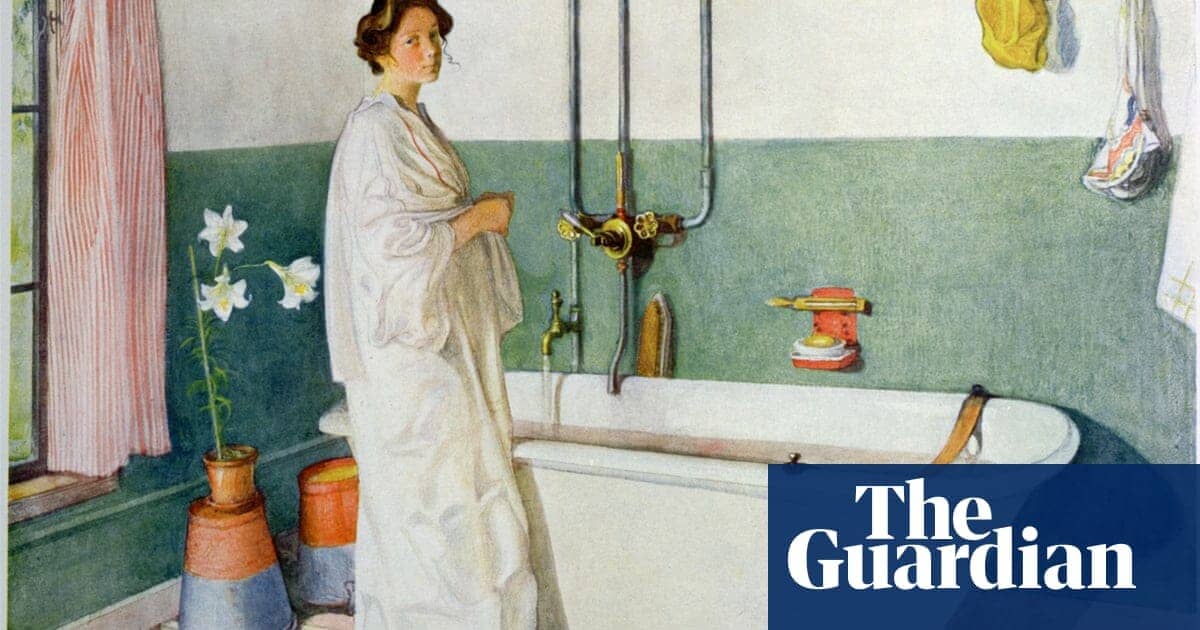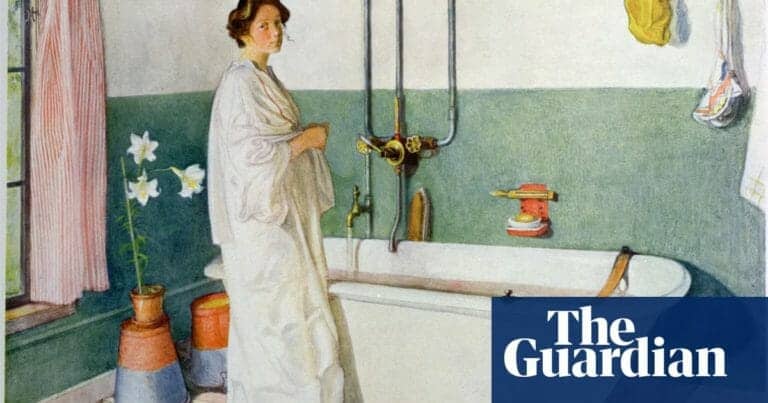Piped water may be the greatest convenience ever known but our sewage systems and bathrooms are a disaster
For centuries, the people of London and other big cities got their cooking and washing water from rivers or wells, limiting their consumption to pretty much what they could carry. They dumped their waste into brick-lined cesspits that would be emptied by the night soil men, who sold it as fertilizer or dumped it off Dung Pier into the Thames. Liquid waste might be thrown into gutters in the middle of the road.
In 1854, in the middle of a cholera epidemic in London, Dr John Snow mapped where victims died and found that the deaths seemed concentrated around one of those pumps, at 37 Broad Street. When he had the handle removed from the pump, the cholera epidemic stopped immediately. He had made the first verifiable connection between human waste and disease.
After people realised that excrement plus drinking water equals death, parliament passed the Metropolitan Water Act to “make provision for securing the supply to the metropolis of pure and wholesome water”. Public pumps were replaced with pipes delivering water directly to homes.
This was perhaps the greatest, but now undervalued, convenience. Instead of carrying water, suddenly everyone had as much as they could use, all the time, with the turn of a tap. Not surprisingly, according to Abby Rockefeller in Civilization and Sludge, the average water use per person went quickly from three gallons of water per person to 30 and perhaps as much as 100 gallons per person.
The toilet was an almost trivial addition; it had been around for a while (John Harington, a member of Elizabeth I’s privy council invented a flush toilet, but there is no evidence that she ever tried it) but was pretty useless without a water supply. But it became incredibly convenient to just […]
Full article: Why the modern bathroom is a wasteful, unhealthy design
About toilets and water:
Toilet to tap? Daytona Beach experiments with turning treated wastewater into drinking water
Study: 170-billion-gallon water savings per year via water-efficient toilets
Talking Toilets With Matt Damon
The world needs more toilets – but not ones that flush



